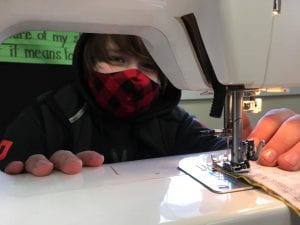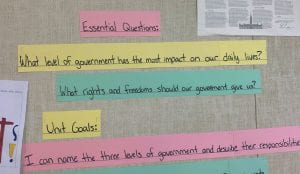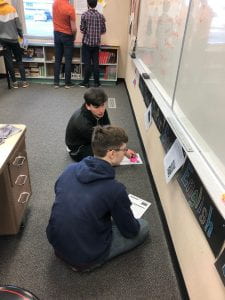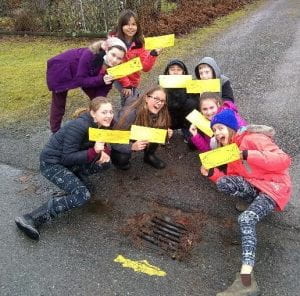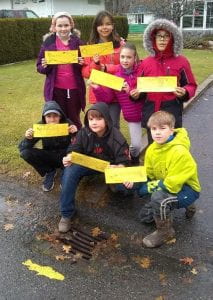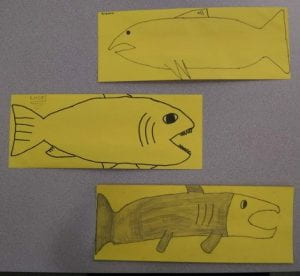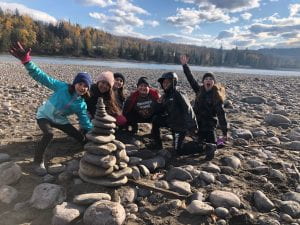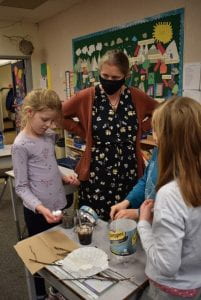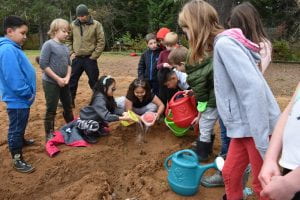
“Did the chicks hatch yet?” Every morning, for 21 days in April, the Kindergarteners would ask this question and run up to our incubator to find out. Mrs. Marybeth Esau, a former employee at the school and now enjoying retirement on her hobby farm, gave us 22 chicken eggs to put in our incubator. While we were patiently (or not so patiently waiting) for the eggs to hatch, we were finding out what chicks need to survive, what they look like when they are developing inside the egg, their life cycle, and other important information. We read some information books about them and some funny fictional stories about chickens and roosters, too. We also made predictions about how many eggs would hatch. Every day we would also pray for the chicks that were going to hatch.

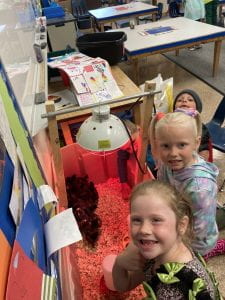
On Monday, April 19, our first chick hatched and was named Flash Gordon by our special helper, Jackson. Over the next few days, 18 chicks would hatch in total (out of 22) which was wonderful. Every child and adult that works in the class got to name a chick. Over the next 2 weeks, we got to watch, hold, and pet the chicks. We loved when they were soft and quite small. We noticed that they grew quickly and that their talons and beaks were very sharp. We loved to hear their cute little cheeping sounds and found out that they were especially noisy when we were singing. Overall, the students enjoyed learning about the chicks and were in awe about how God created these little creatures so amazingly and different from us and other animals.

We love being creation enjoyers and look forward to more opportunities to continue to learn about how we need to care for God’s creation, including the animals that He created. We want to thank Mrs. Esau, and Mrs. Crystal Whitford, who is now taking care of our chicks on her farm and provided the brooder, heat lamp, food, bedding, and the dishes that we needed. Maybe one day, we can visit her farm and see how our chicks are doing.



